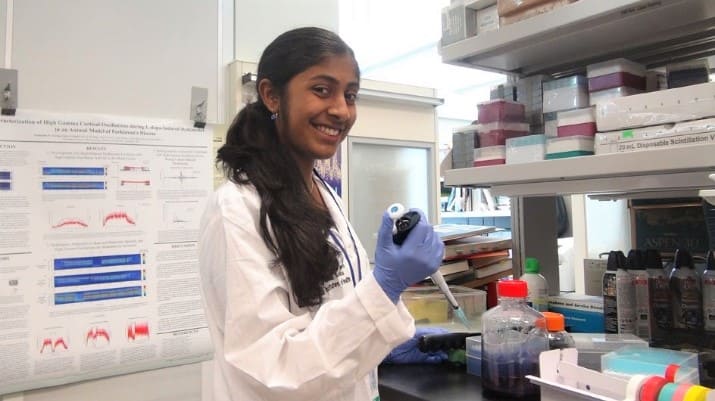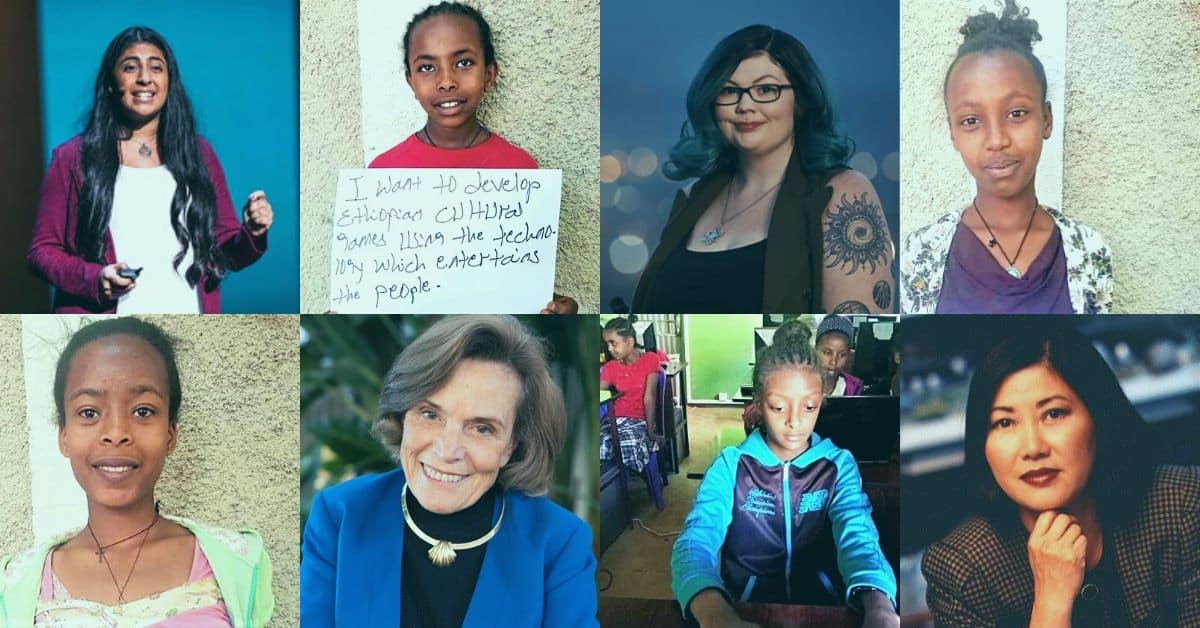
Clean Water

Protection of Indigenous Cultures

Education and Health
In 1983, Dr. Flossie Wong-Stall, a Chinese immigrant to the U.S, co-discovered the Human Immunodeficiency Virus (HIV); in 1985 she became the first scientist to clone and genetically map the virus. She was also the first to identify that HIV depleted T-cells, which was vital in leading to the discovery that HIV causes AIDS. The sequence she created essentially opened the doors for diagnostic tests and treatments that continue to save lives today. Now 72, Wong-Staal is retired, but remains one of the most heralded members of the scientific community. Read more about her history at Amy Poehler’s Smart Girls.

Support of the Environment
Once rejected from an ocean exploration in the late 1960s, Sylvia Earle didn’t give up her dreams of being a marine biologist and eventually became the first female chief scientist of the U.S. National Oceanic and Atmospheric Administration. Her seemingly fearless explorations led her to become a leading advocate for our oceans and earned her the title of Time Magazine’s first “Hero of the Planet,” in 1998. She also walked untethered on the seafloor at a lower depth than any human being and led the first all-female team of aquanauts in an underwater capsule habitat expedition. Her Mission Blue alliance, founded in 2009, aims to explore and protect the ocean. Today, at 84 years of age, she remains a National Geographic Explorer-in-Residence and speaks at environmental events. Watch Earle’s inspiring Ted Talk about protecting our oceans.
The Future
The good news is that in addition to these pioneers, with greater opportunities available each day to young women in STEM, more and more success stories will emerge for the betterment of our world.
We’re inspired by the dedication of female students at our partner organization Studio Samuel. We recently asked about their STEM learning experiences and were encouraged by their enthusiastic responses:

“I want to develop Ethiopian cultural games using the technology which entertains the people.”
Blein, Grade 5
“Using the computer technology I learned, I want to create different applications that can be used for designing cultural clothing.”
Bethlethem, Grade 7


“I want to go to university so I can develop software to grow technology in my country.”
Eden, Grade 8
“Through developing my computer skills, I want to create different and easier ways to use the computer.”
Hilina, Grade 7


“I learned many computer skills from my training that I didn’t know existed. My plan is to study computer science and develop different kinds of designs for publishing.”
Kalkidan, Grade 8
- Sylvia Earle via karene.org and Mission Blue
- Flossie Wong via Bill Branson, National Cancer Institute and Pamela Haskell
- Karlie Noon via University of Newcastle
- Deepika Kurup via Ted Conference on Flickr and www.davidsonfellowscholarship


